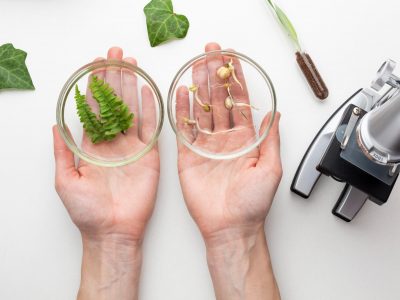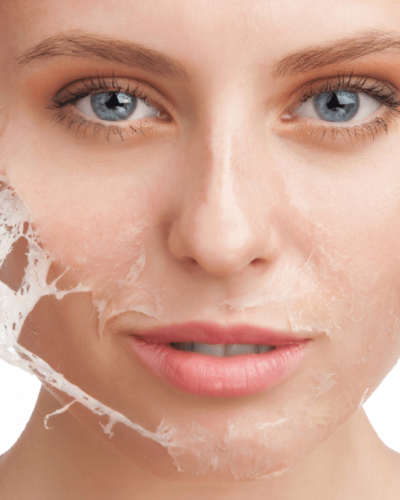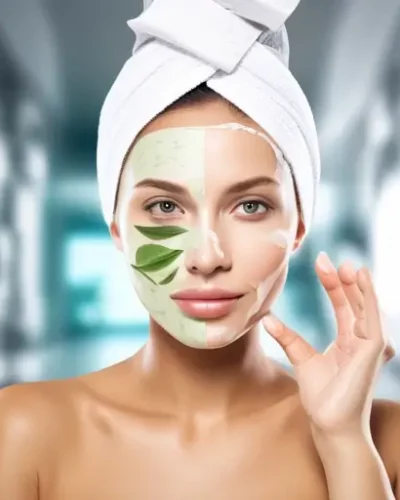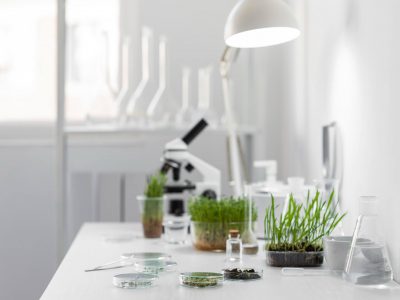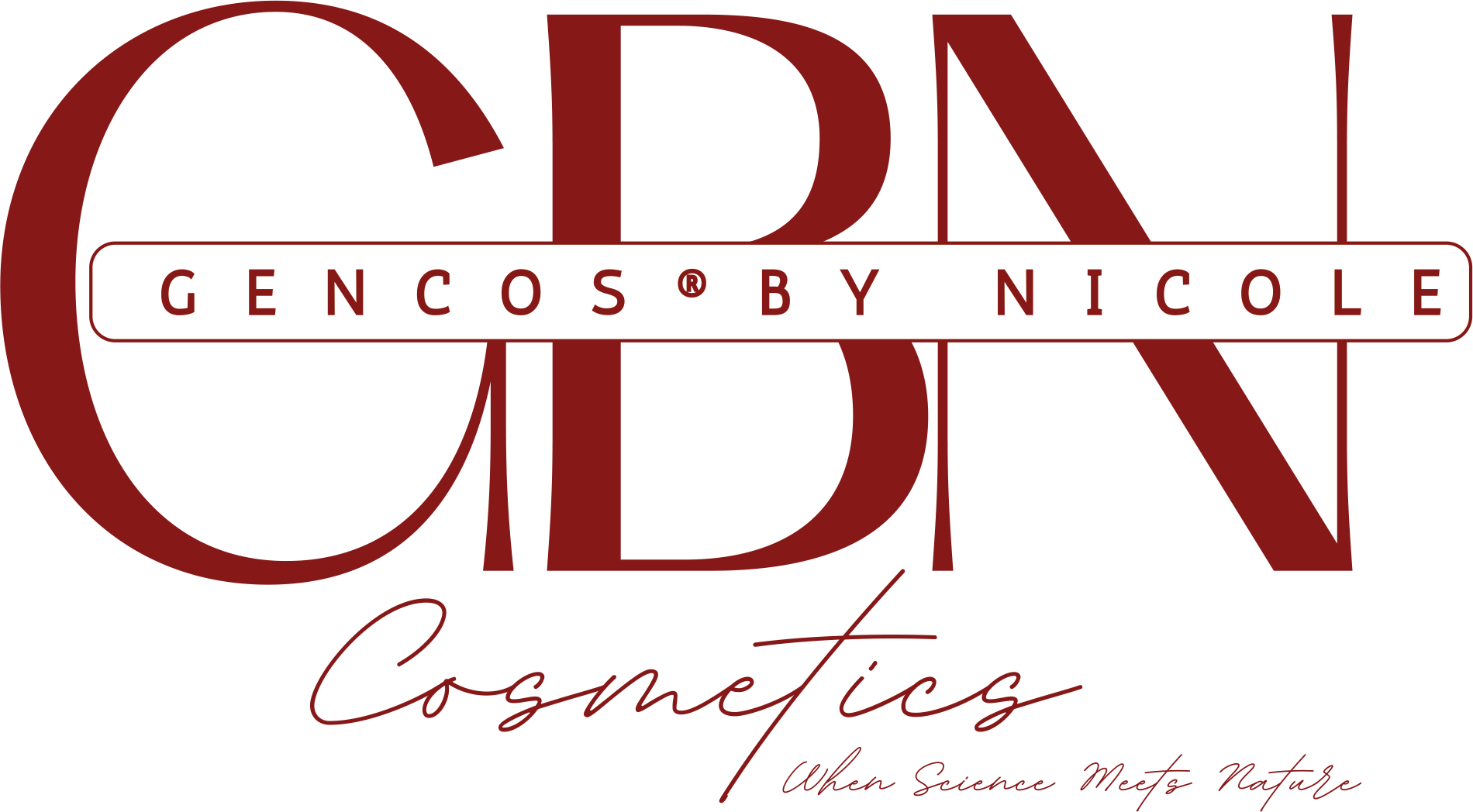WHEN SCIENCE MEETS NATURE
Let's make
” When science meets nature”
be the norm
Waarom zou u ons moeten kiezen?
Wij bieden natuurlijke producten tegen een eerlijke prijs die wetenschap en natuur combineren. Ons motto "When science meets nature" beschrijft ons streven naar kwaliteit. U zou voor ons moeten kiezen omdat wij hoogwaardige producten aanbieden die uw huid ondersteunen.
Premium-Service
"Onze premium service betekent dat we te allen tijde beschikbaar zijn en uw succes 24 uur per dag ondersteunen."
Wetenschappelijk
Als u op zoek bent naar natuurlijke en wetenschappelijk bewezen huidverzorgingsproducten, dan bent u bij ons aan het juiste adres.
Niet online
Alle producten zijn alleen verkrijgbaar bij schoonheidssalons. We vinden dat consumenten door professionals en experts geadviseerd moeten worden.
natuur-identiek
"Natürlich identisch" betekent dat de werkzame stof in het laboratorium wordt nagemaakt als het niet uit de natuur gewonnen kan worden.
Kleine Batchen
Dit betekent dat we ons beperken tot het opslaan van producten en geen grote productie maken. Hierdoor kunnen wij u altijd verse producten garanderen.
Eerlijke prijzen
Wij zijn transparant en bieden eerlijke prijzen. U betaalt alleen voor wat daadwerkelijk in het product is verwerkt en niet voor overbodige verpakking.
Wetenschappelijk onderbouwde
huidverzorging
Verbeter je huidverzorgingsroutine met onze 100% op bewijs gebaseerde ingrediënten, ondersteund door compromisloze onderzoeksresultaten!
“Transformeer vandaag nog uw huidverzorgingsroutine met wetenschappelijk ondersteunde ingrediënten voor een gezonde, vitale en stralende huid. Breng uw verzorgingsroutine naar het volgende niveau en wordt actief. Maak gebruik van de kracht van kennis – vertrouw op de wetenschap.”
